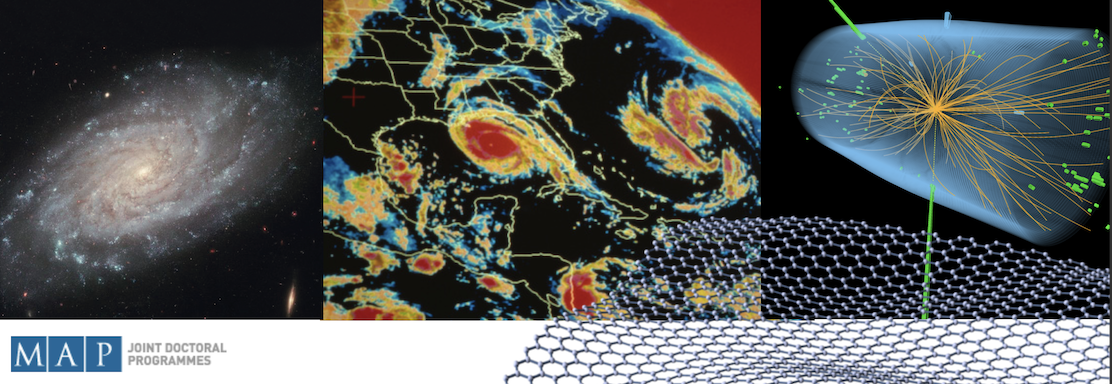Speaker
Description
Gravitational wave data are often contaminated by transient noise artifacts, called "glitches", which can mimic astrophysical signals and interfere with their detection. When represented in the time-frequency domain, glitches show peculiar morphologies, which allow their categorization into distinct families. As it is expected that glitches which share a similar morphology also share the same origin, this classification is very useful for detector characterization activities. Although this classification can be done manually by eye, Machine Learning methods have proved to be very powerful for these tasks. With this goal in mind, we present an automated classification pipeline for glitches from the Virgo gravitational wave detector, which classifies new glitches into the respective families and provides this information to the collaboration members. For each glitch, the pipeline takes as input the respective Omicron trigger. After the creation of the glitch spectrogram, it is fed to a Convolutional Neural Network, which was previously trained to achieve good classification accuracy. This neural network outputs the predicted glitch family. Then, these predictions are aggregated over a time period and plots which allow to study the population of glitches over that period and compare it with other periods. This automated pipeline provides timely feedback for detector characterization, supporting efforts to improve the detector and enhance gravitational wave detection.
| Which topic best fits your talk? | Astrophysics |
|---|

